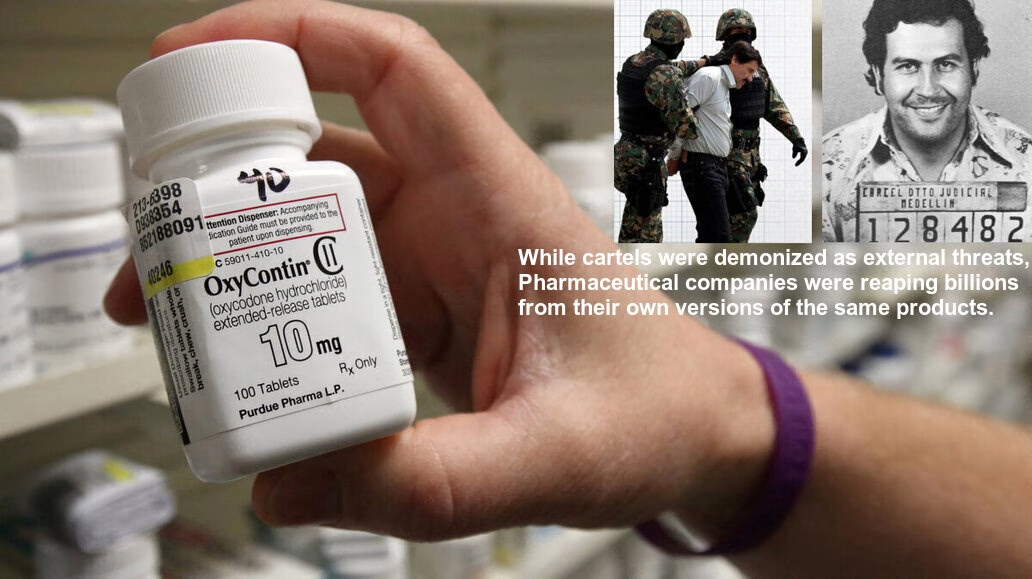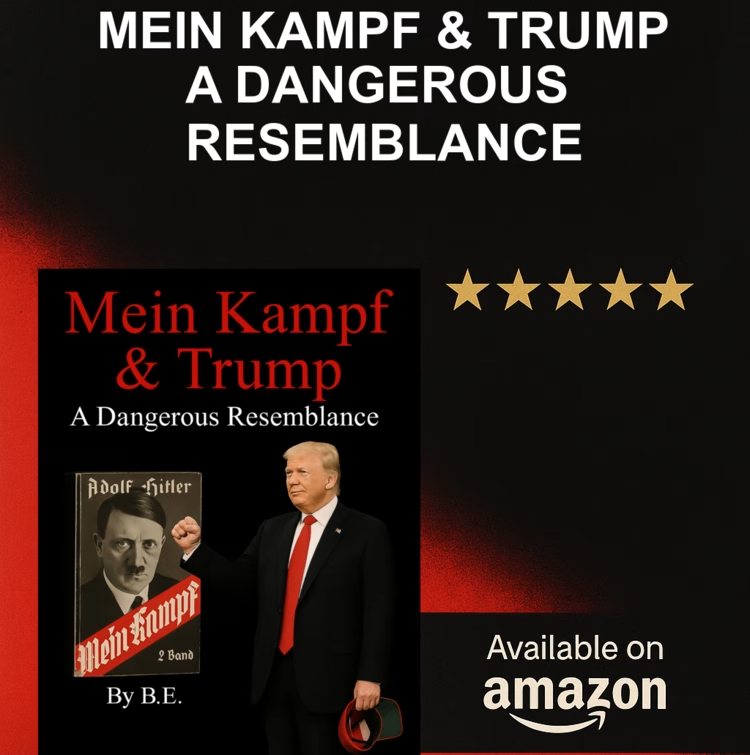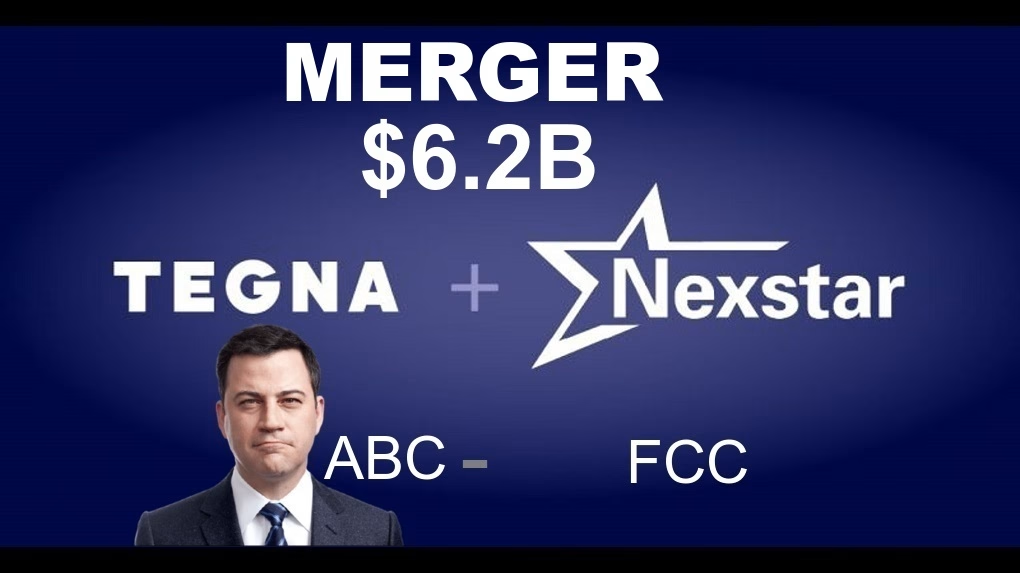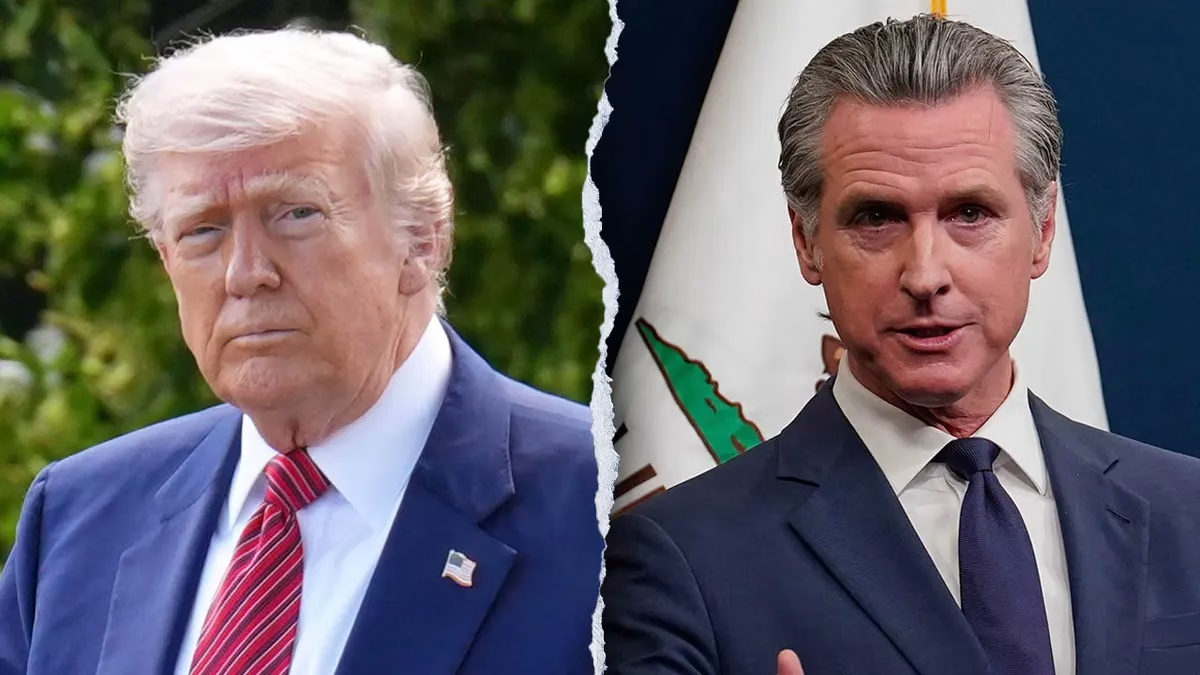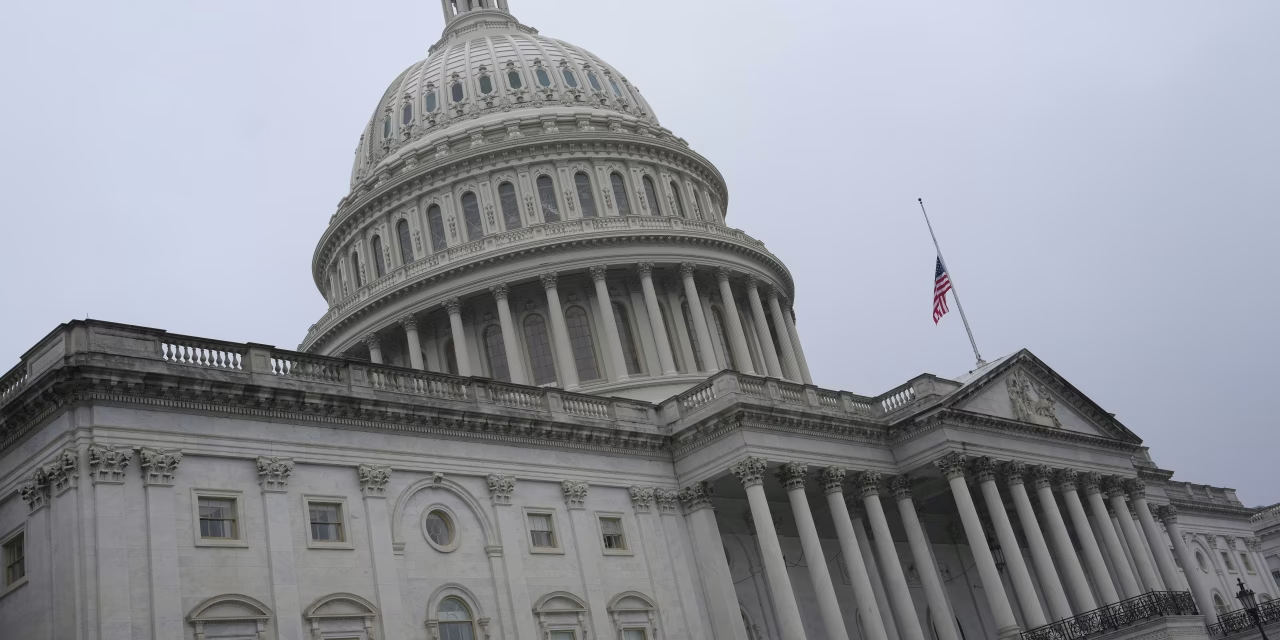By Ben Emos & Don Terry | Friday, September 26, 2025 | 6 min read
For decades, the drug trade has been reduced to a convenient villain: Mexico, with its cartels and violence, or Colombia, with the shadow of Escobar still looming over its reputation. Pointing fingers at those countries is easy, and for politicians, it makes for quick soundbites. But the truth is far older, far more complicated, and deeply tied to the histories of countries and corporations that rarely show up in the public conversation. Blaming Mexico alone does a disservice to the messy reality of how drugs became both a global business and a permanent social crisis.
If we go back to the roots, it wasn’t Colombians or Mexicans who created the first blueprint for a transnational drug economy. It was Europeans. Britain in the nineteenth century turned opium into a state-backed commodity, funneling the drug out of India and into China. The infamous Opium Wars weren’t about free trade or protecting markets—they were about Britain’s insistence on profiting from narcotics at a staggering human cost.
China, weakened and addicted, had no choice but to bend. This was not a shadowy cartel; it was empire in its purest, most exploitative form. Around the same time, pharmaceutical firms in Germany, like Merck and Bayer, were producing cocaine and heroin under the guise of medicine, exporting them across the world. Coca-Cola itself once contained cocaine, marketed as harmless. These examples show that long before anyone whispered the name “Medellín,” drugs were already big business, and Europe was at the center of it.
Fast forward to the twentieth century, and the Italian mafias carried the torch. Sicilian families and their American cousins ran what came to be known as the “French Connection.” Morphine from Turkey was refined into heroin in labs in Marseille, then shipped into the U.S. in enormous quantities. This wasn’t a handful of men in Medellín or Sinaloa. This was a highly structured, deeply entrenched criminal network that used political corruption and international smuggling routes to flood America with narcotics. For decades, the Sicilian and Italian-American mafia were the face of the global heroin trade, long before the so-called “narco wars” of Latin America became familiar to U.S. audiences through movies and TV dramas.
Colombians and Mexicans eventually rose to prominence, not because they invented the drug trade, but because demand in the United States exploded. Cocaine, especially in the 1970s and 1980s, became the fashionable drug of choice, glamorized in music, film, and nightlife. Pablo Escobar and the Medellín cartel saw a market and filled it, building empires of wealth and violence.
When Escobar was killed and Medellín crumbled, the Cali cartel stepped in, and when U.S. enforcement pressure intensified in Colombia, Mexican cartels became the main transporters, then the producers themselves. By the late 1990s and 2000s, Sinaloa and other groups were running much of the global drug economy. Yet, at every step, these groups were responding to a demand that came largely from the United States and Europe, where drugs were consumed at levels no enforcement campaign could stop.
To make matters more complicated, while politicians were condemning Colombia or Mexico, legitimate pharmaceutical companies were reaping billions from their own versions of the same products. Purdue Pharma built an empire on OxyContin, marketed as safe and non-addictive despite mounting evidence to the contrary. Johnson & Johnson, Teva, Endo, and other firms joined in, aggressively pushing opioids into American homes and doctors’ offices.
By the time regulators caught up, the U.S. was drowning in an opioid epidemic that has killed more than half a million people. While cartels were demonized as external threats, some of the deadliest addictions were being fueled by corporations with shiny logos, lobbying budgets, and the blessing of the Food and Drug Administration. The hypocrisy is impossible to ignore: when white-coated executives ship opioids, it’s business; when brown-skinned men smuggle cocaine, it’s war.
Even today, pharmaceutical firms profit from methadone, buprenorphine, and other substitution therapies, while stimulants like Adderall and Ritalin—chemically close to amphetamines—remain widely prescribed and widely abused. At the same time, countries like Australia and India cultivate opium poppies legally for morphine and codeine production, a state-regulated drug trade that runs parallel to the underground one. None of this absolves Mexican or Colombian cartels of the violence and devastation they cause, but it proves that the drug trade has never been limited to one region, one ethnicity, or one country. It has always been a global system, fed by demand, shaped by profit, and propped up by hypocrisy.
When leaders today rail against Mexico, threatening tariffs or walls in the name of stopping drugs, they are playing a dangerous game of historical amnesia. The drug trade began long before the cartels we read about in headlines, and it thrives not because of Mexican farmers or Colombian smugglers alone, but because demand is endless, because legal corporations exploit loopholes, and because governments themselves have at times used narcotics as weapons of policy. To pretend otherwise is to look away from the truth.
If history teaches us anything, it’s that blaming a single country for a global crisis is easy but lazy. Mexico may be today’s bogeyman, just as Colombia was in the 1980s, and Sicily before that, and Britain even earlier. But the story of drugs is the story of power, profit, and the ways nations and corporations alike are willing to trade human lives for financial gain. To reduce it to a single villain is not only unfair—it is a disservice to the truth.
More From FeDlan News:
Trump’s Russia ‘Paper Tiger’ Remark Steals the Spotlight as 2025’s Best Punchline
Nexstar, Sinclair Refuse to Broadcast ‘Jimmy Kimmel Live!’ Following ABC Return
Is Trump Correct to Designate Antifa but Not the KKK or Neo-Nazis as Terrorist Organizations?
America Must Mourn All Victims of Gun Violence, From the Forgotten to the Famous Like Charlie Kirk
Would Google Cave to Trump and Remove Jimmy Kimmel Despite His 20 Million YouTube Subscribers?


